-
When you click on links to various merchants on this site and make a purchase, this can result in this site earning a commission. Affiliate programs and affiliations include, but are not limited to, the eBay Partner Network.
-
Posts
4,254 -
Joined
-
Last visited
-
Days Won
5
Content Type
Profiles
Forums
NGC Journals
Gallery
Events
Store
Downloads
Posts posted by brg5658
-
-
29 minutes ago, Insider said:
Roger,
I was told by a self-proclaimed "expert" that coins were only to be photographed FLAT! I was referred to published sources to prove it. His photos looked great - something about digital cameras and a lack of depth of field was mentioned. This sounded NUTS but what do I know? I was asked to image a coin.
I imaged five coins both flat and tipped. The images came out great and in sharp focus. That proved to me that our Cannon digital camera + lens has plenty of depth of field. It is mounted in an Ortery light box and all I can see is the ET73 lens hood.
I hope you and others either take my quiz or just admit that coins can be imaged beautifully - even when tipped by a digitally ignorant old fart after a ten minute lesson. The camera does everything.
And all of this to prove that you can do something poorly. This thread was about lighting and improving photos. You chime in with your supposed knowledge about tipping coins into light

The point of this thread was to offer advice about how best to do something. But in his non-stop know-it-all stubborn style, here comes Skip to chime in about something he knows nothing about. He doesn’t understand magnification nor aperture, and has figured out how to cheat his way to being “right” - eureka, alert the press. I guarantee you I can take better pictures of whatever coins you have imaged by using proper methods - and at higher final resolution.
@Insider, I hope all of your future tangential and self-serving posts will be in your own thread so as to stop derailing this thread from its original intent.

-
4 minutes ago, Insider said:
I'll bet when you wake up and flunk my quiz MISERABLY you don't have the "class" to admit that ANYONE with the "right" setup can tip a coin under a digital camera (at least 1/2 inch where I stopped) and keep the entire coin in focus!
You see, I don't believe anything completely
 (you photography "Ex-Perts"
(you photography "Ex-Perts"  started to convince me
started to convince me ) until I find out for myself by experiment or researching the subject.
) until I find out for myself by experiment or researching the subject. 
There is no way you are filling the entire digital sensor with a Morgan dollar tilted a half inch and keeping the whole coin in focus. You’re either messing with the aperture and massively degrading the quality of the image, or you are shooting the Morgan Dollar from far away and most of the picture frame is not the coin (but dead space). If you’re far away, you may be able to keep the full coin in focus, but your magnification is incredibly small (and you are not taking macro photos) and the quality of your images will be awful.
“Gosh, I can take a picture of a Morgan dollar tilted an inch and fully in focus if I’m 15 feet away.”

We want to see the full unedited views when you post your supposed “proof” against what every professional coin photographer knows.
As others and I have all stated here, your DOF is dictated by magnification and aperture. You’re either tweaking one or both of those factors to cheat yourself into believing you’re smart/right. Whatever makes you happy Skip.

An example: the APS-C (a pretty common size) sensor is 14.8mm high. To fill the sensor with an 38.1mm diameter Morgan Dollar, requires magnification of 0.39. At that magnification, with a 100mm macro lens, your camera sensor would be approximately 20 inches above the coin. For a clear photo, you want an effective aperture no more than f/11 or so, which means your actual aperture should be stopped down no more than to f/8. I usually shoot at an effective aperture closer to f/8, so would use an actual lens aperture of f/5.6 in this case. Regardless of which setting you use, the depth of field is significantly less than 0.25 inches. For effective f/11 the DOF is 0.12 inches and for f/8 is 0.095 inches. Thus, tipping a Morgan dollar so that it is 1/4 inch high on one end will be very out of focus on at least half of the coin. Now, if you stopped down your aperture to f/18 (effective f/24.6) then you could get a DOF of 0.27 inches, but the quality of your photo sharpness would be severely degraded. -
1 hour ago, Insider said:
Images from the camera are now in our photo room computer! They will be emailed to me next week - promised by Wednesday at the latest. Then, I will post my first experiment - an ugly toned Morgan imaged flat and tilted 1/4 inch. You will be able to tell which is which because you'll see the piece of metal I used to tip the coin. Both images are in focus so depth of field was no problem. When I tipped the coin 1/2 inch, it was still in complete focus; however the reflection of light into the camera brightened the coin too much and it did not look as good. Incidentally, when I asked the woman who takes our images to teach me how to use our setup, she knew all about tipping a coin in the light because she often does it!
 Therefore, I have proved to my 100% satisfaction that a coin does not need to be FLAT to take a sharply focused image. [Self Edit
Therefore, I have proved to my 100% satisfaction that a coin does not need to be FLAT to take a sharply focused image. [Self Edit  ] Anyway, I hope some of you might agree.
] Anyway, I hope some of you might agree.
I'll take absolutely NO CREDIT AT ALL for the images. Our imaging equipment did it all. I put the coin in the light box, centered it with the mouse, and punched a few keys. Once I was shown how the computer worked, It took less than fifteen minutes to take 14 images. No images were modified in any way from the single shot I took of each coin.
After I post the Morgan, I'd like to know what the experts think and which image is better, tipped or flat. Then my quiz ("TIPPED
 OR FLAT") will follow. I did not play with the lighting at all. All coins were taken in the same orientation. Four slabbed $10 Liberties graded MS-63 by one of the top two services are imaged. Dates are 1893, 1894, 1900, 1901. You will be shown the four coins and asked to tell if the slab was flat under the lens or tipped 1/4 inch. There will be 12 images in all, four at a time to eliminate any LUCKY GUESSES!
OR FLAT") will follow. I did not play with the lighting at all. All coins were taken in the same orientation. Four slabbed $10 Liberties graded MS-63 by one of the top two services are imaged. Dates are 1893, 1894, 1900, 1901. You will be shown the four coins and asked to tell if the slab was flat under the lens or tipped 1/4 inch. There will be 12 images in all, four at a time to eliminate any LUCKY GUESSES! 

-
- Popular Post
- Popular Post
Love this new little minor silver coin I got from a PCGS forum member.
For those of you who like history, this little coin was issued by Ernest August, Duke of Brunswick-Lüneburg (1661-1692) and after this coin was issued, later the Elector-designate of Hanover. If you follow British lineage at all, Ernest August was the father of the eventual George I of Great Britain. He was married to Sophia of the Palatinate - an heir through the Stuart line of the British royal family. All of the Hanover line of British Regents from George I through Queen Victoria were descendants of Ernest August.
As for the coin - it is a two year type (1681 and 1686). The Mariengroschen is a division unit of the Hanover Thaler. There were 36 Mariengroschen to the Thaler - thus this coin had a value of 1/9 of a Thaler.
The legends read:
SOLA BONA QUAE HONESTA - The only good things are those which are honorable.
ERN:AUG.D.G.EP:OSN.D.B.&L. - Ernest Augustus, by the grace of God, Bishop of Osnabrück, Duke of Brunswick and Lüneburg.

-
Eh, why was this posted in the US, World, and Ancient Coins forum?

-
1 hour ago, RWB said:
Gray scale is fine. The artifacts prevent the image from showing the full resolution of the CCD and lens - that was my complaint. In other words, by using poor digital compression, you've lost much of the detail. (Note that this did not happen with film.)
@Insider images (or micrographs as he calls them) look like cell phone images to me. I don't know what he's using for these, but they are certainly not comparable to a full coin image taken by someone who has all of the settings properly adjusted.
My images are shot in Canon Raw format with all "auto" processing turned off. That's a whole other kettle of fish if we start talking about camera settings. For coins, if you fill the sensor with the coin image - digital compression is a non-issue. A full sensor image would need to be scaled down by 5 or 6 fold to post on a website, and that downsizing tends to smooth over digital relics (if you're using a proper resize algorithm). Even if cropped at the size it comes out of the camera, magnification is more than would ever be needed to see whatever it is you're interested in.
Film indeed did not "suffer" from compression issues, but no matter how you photograph a coin, to post it on a digital venue like a website you will have to get the image into a digital format one way or another - either taking the photo in digital format initially, or scanning in a print or negative. Digital cameras are not a hindrance to coin photography if you know what you're doing.
-
1 hour ago, Insider said:
Are you from Texas? I see a "Hook-em Horns" emoji.
What you could do for us that would save time (I trust you) until I do it would be to image a full coin with a digital camera that is tilted to the light.
My camera is on a copy stand and calibrated to point the sensor perfectly parallel to my shooting surface. I'm not going to muck that up for your tangential (and frankly unimportant to me) experiment.
I don't understand why you're beating this dead horse. You have half a dozen very competent and well versed people who take full coin photographs telling you that you're wrong - and Mark Goodman (who literally wrote the book on numismatic photography) also agrees with us. If you want to photograph a full coin your camera and coin should be in alignment so that the sensor and the coin are perfectly parallel. Period.
-
On 10/17/2020 at 11:18 AM, Insider said:
I just read the OP and the opinions posted by others - again.
Since it has been stated several times that a digital camera does not have a large depth of field (I'll see for myself this week) that may explain
 why I can get a totally in focus image with a coin tilted at 20 degrees - because the area I image is extremely small.
why I can get a totally in focus image with a coin tilted at 20 degrees - because the area I image is extremely small.
Ding, ding, ding! We have a winner here! I think you're on to something...

If the part of the coin you are photographing has a very small delta between the nearest and farthest part of the coin, then your required DOF is very small (tilt to your hearts content, so long as the little part of the coin you want show is in focus).
However, if a full coin is tilted, and you intend to image the full coin - the delta between the farthest part of the full coin and nearest part of the full coin is what dictates whether the full coin will be in focus. You can tilt the full coin, but you will need to do special things to process the images in software (focus stacking) or use a special lens to get a final in focus full coin image (tilt-shift lens). I will try to post an example of focus stacking here so people can understand what it's doing.

-
35 minutes ago, coinsandmedals said:
@brg5658 thanks for the tip!
You can still find a small usb version of the Jansjö lights at Ikea. I have one but I don’t find it particularly useful. The Nävlinge lights are nice but slightly larger than their predecessors. My biggest issue with them was trying to diffuse the light. I’ll order the translucent plastic tonight and give the cone diffusers a shot.
Honestly, I think your images are fantastic! Please post some here if/when you change things, and post some of your pics now. Really good quality images!
-
3 hours ago, Zebo said:
I see most if not all of the examples photos provided in this and other threads are mostly of silver and sometimes copper coins. Any glamour shots of gold? What about recommendations for taking photos of gold in slabs?
I do not collect gold - I have only one gold numismatic item among all of my roughly 800 graded coins, tokens, and medals. However, I have photographed a few gold items for others. In my limited experience, Gold photographs very similar to brass in terms of color and luster. Gold rarely tones - and when it does, from impurities in the alloy or from good old circulated “gunk” it’s almost never dark.
Below is my only gold piece - an official restrike of an Austrian 2 Ducat. I’m sure others can offer more examples of photos of gold.

-
3 hours ago, Coinbuf said:
Just one thing to note on the lighting as presented in @brg5658's op. The Jansjo lights are no longer available from Ikea, those have been phased out and there is a new light they carry that is similar but not exactly the same.
This is good to know. I bought several when they were available, and none of mine I originally bought > 10 years ago have gone out yet. I think I have 6 brand new ones somewhere still also.
It appears the new equivalents are called NÄVLINGE? Link here. Once this pandemic is a bit more under control I may need to go grab a few of these newer ones and see if they a comparable to the Jansjo line.
-
2 hours ago, coinsandmedals said:
@brg5658 do you have a recommendation for the translucent plastic? I see a ton of options on Amazon.
Any translucent or mostly transparent plastic that can be easily rolled and then squished on one end and taped will work well. I believe mine are made from the fronts of these below (<$5 for a 6-pack on Amazon). You should be able to get at least 3 little deflector/diffuser thingamajigs from one.
I cut a strip that is about 3.5 inches on one side, and the circumference of the light plus a little on the other side. Roll into a tube and tape it. Squish down one end of the tube and tape it. Insert a piece of white reflective copy paper on the inside of the top of the tube, and black construction paper on the outside top of the tube. They give me some softening of the Jansjo lamps by deflecting the light off of the white paper area, and avoid shining the point source LED phosphors directly at the coin’s surface.
-
I don’t know much about what’s going on at the ANA. I last renewed for a three year membership in 2019, but ignore most of the politics and hubbub of the Organization. I guess you’d say I am a passive member who finds the online availability of The Numismatist and the library borrowing membership rights well worth the cost of membership.
The last drama I remember at the ANA was when Laura Sperber was on their Board. She constantly complained but accomplished little of nothing as far as I remember. No surprise there.
- gmarguli and GoldFinger1969
-
 2
2
-
A few of my favorite British Ladies...
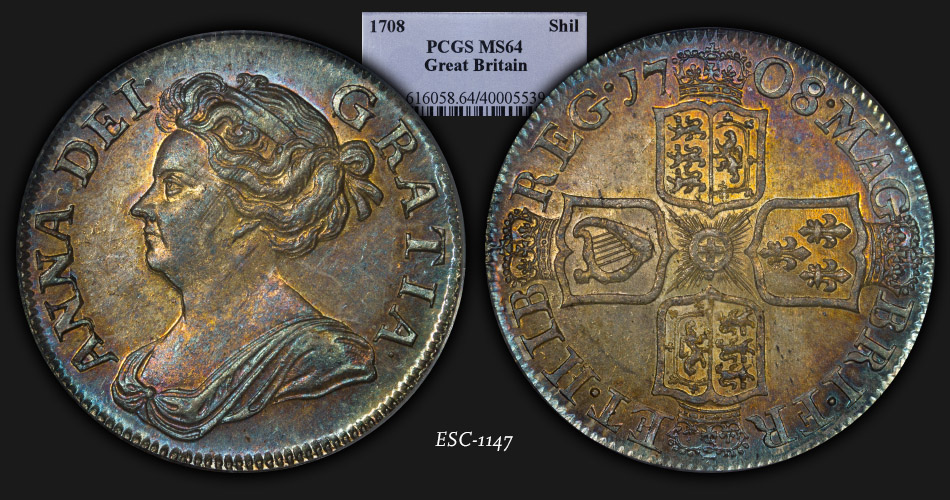
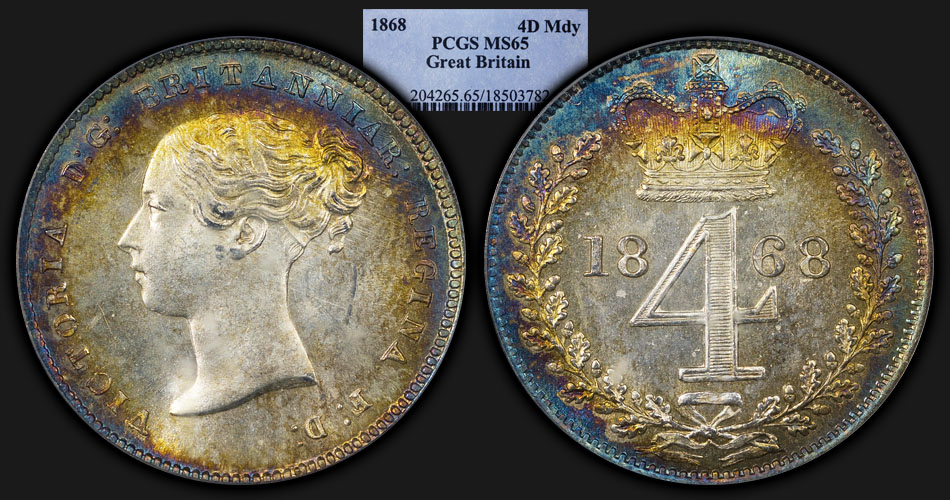
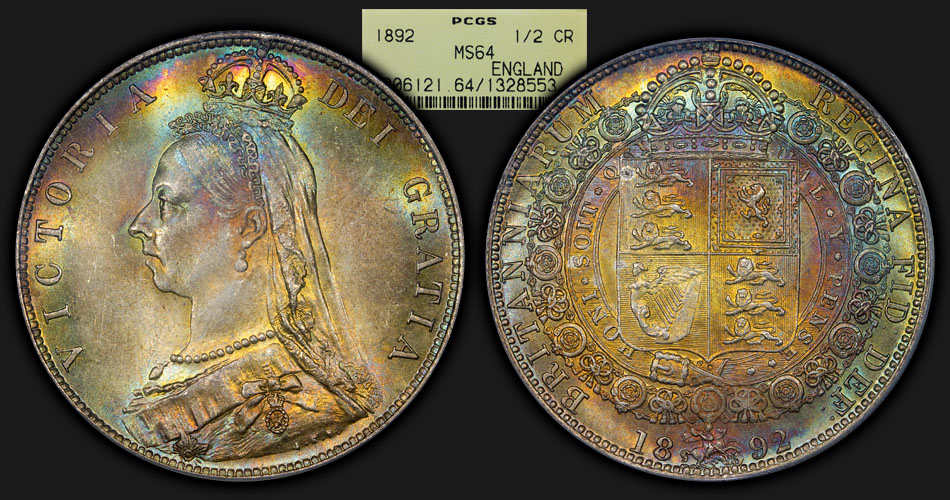
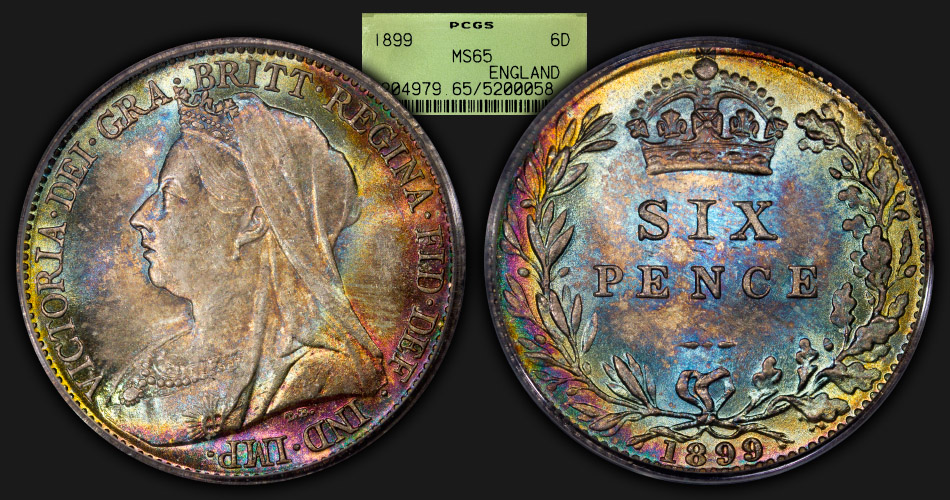
-
-
7 hours ago, RWB said:
It would be nice to hear from other members who are interested in improving their coin photography.
There is too much potential value in brg5658's initial post and related photographic comments, to have it buried under extraneous bickering. That is not acceptable.
Thank you!
Thank you Roger. A select few members here seem to confuse “more content” with “helpful/useful content”...
I hope to hear from others specifically about coin photography challenges and helpful suggestions.
-
2 minutes ago, Insider said:
I am constantly frustrated
 by the way you can twist things in your own mind enough to attribute absolute nonsense to my comments with your "clairvoyant " umptions. It has nothing to do with me or my realistic outlook on life. I'm going to make this as simple as I can for you.
by the way you can twist things in your own mind enough to attribute absolute nonsense to my comments with your "clairvoyant " umptions. It has nothing to do with me or my realistic outlook on life. I'm going to make this as simple as I can for you.
I have noticed that many folks in the younger generations have lost the "edge." Technology plus the dumbing-down of the American Education System is is just one cause. The simple comprehension of the written word, even occurring on these forums by some members is an example. Computers have taken the place of spelling and math. The art of hand writing is mostly gone. In emergencies, folks are unprepared. Why store necessities when you can shop for them every day.
With those examples, who would wish to live in a time before computers, cell phones, HDTV, digital cameras, huge tennis racquets and golf drivers, frozen pizza, NGC chat forums, etc. You should get the idea by now. I'm not against most change. I don't wish to crank my automobile to start it.
 Sorry, this response is no longer simple. This is better:
Sorry, this response is no longer simple. This is better:
A computer has allowed me to authenticate coins that formerly would have been held for weeks until we took a trip to a museum. So YES, I consider a computer a CRUTCH. A very helpful crutch and one I need and would not throw away; nevertheless, a crutch. Ditto for modern cameras that make taking photos child's play.
Even more relevant to this forum, I consider TPG to be a CRUTCH. A good and necessary crutch for the ignorant. These "crutches" were not around when I
 started collecting.
started collecting.
Who is the snowflake now? If you can’t keep up with the times then maybe it’s time you just find a nice gated retirement community.
I’m not twisting anything. You’re complaining about technological advances, almost nonstop. Longing for the “good ‘ole days” and ranting about younger generations.
In another since poofed thread, I went to great lengths replying to your posts with science and facts, and you deflected to nonsensical tangential bemoaning. I offered my qualifications in actually doing work in the field of the question at hand - you belittled formal education and universities. Etc, etc, ad nauseum.
You accuse me of “jealous hatred” instead of being self-aware enough to realize that your constant ranting and way of talking down to everyone is off-putting. You have 2 cents on every topic whether you know anything about the topic or not. For example, you tell me to read a photography book because you took a class 40 years ago...whatever that has to do with coin photography now. I own and have read over a dozen books on photography.
I do believe you have useful knowledge to contribute. I do believe you can be engaging and helpful when you want to be. But some of us don’t just lay down and grovel at your omniscient feet. I know nonsense when I read it. You have to earn respect, not demand it. Your age doesn’t give you a pass.
Now, if you could kindly keep this thread on the topic of photography of coins would be much appreciated. I don’t get paid to be your therapist.

-
8 minutes ago, Insider said:
...and the software (CRUTCH) can be used to manipulate the final image. Before digital, I found that the best images - prize wining images - could be done by a rookie (me)
 by just running a bunch of film through one of my cameras (usually a motorized Nikon F-2AS).
by just running a bunch of film through one of my cameras (usually a motorized Nikon F-2AS).
So everything developed after you learned something is a crutch? That’s a delightfully cynical and sad outlook on life.

By the way, I presume everything you are talking about is with reference to portrait photography or landscape photography. Most of your advice has nothing to do with coin photography.

-
16 hours ago, Insider said:
PS I NEVER CLAIMED to take professional quality photographs of coins. I have had three of my photographs on display in a Georgetown, DC Gallery in the 1980's. That was before many folks with a digital camera CRUTCH were born. The hundreds of images in my columns over the decades don't count as professional quality.
What makes you think a digital camera is a crutch? It is anything but. You have control over the same variables with a digital camera as you do with a film camera. You actually have more variables to consider.
Do you also consider a computer a crutch over the use of a typewriter? Because isn’t a typewriter a crutch over the use of a Linotype machine? And is a Linotype machine a crutch over the use of a Gutenberg Press?
Do you still use a Telegraph to send messages? Maybe you refrigerate your perishables with large ice blocks cut from the local lake? I presume you are a large consumer of candles as the daylight hours become fewer this time of year?
Technology advancement isn’t a crutch. Living in the past in an attempt to prove you can live in the present is the crutch.

-
2 minutes ago, VKurtB said:
I do own and use a 4x5 view camera quite regularly. I use both Ilford monochrome and Fujichrome color emulsions regularly. If I ever start using it for coins, it's time to hunt me down and shoot me. I use the principles I have learned form using a view camera, but NOT the camera.
I am familiar with your (and your father’s) photography skills and backgrounds. I don’t doubt them for one second: 4x5 images are stunning and something digital cameras as of yet cannot replicate.
 thanks Kurt.
thanks Kurt.
-
5 minutes ago, Insider said:
I'm writing this with the biggest grin on my face - you've got all of us laughing
 around here. Thanks kid.
around here. Thanks kid. 
 Please, Please, Please! Stop letting what appears to be jealous hatred cloud your basic ENGLISH COMPREHENSION SKILLS. Just because you are totally uninformed about what is going around you in real life I HAVE NEVER QUESTIONED your numismatic photography skills. CLEAR? UNDERSTAND?
Please, Please, Please! Stop letting what appears to be jealous hatred cloud your basic ENGLISH COMPREHENSION SKILLS. Just because you are totally uninformed about what is going around you in real life I HAVE NEVER QUESTIONED your numismatic photography skills. CLEAR? UNDERSTAND?
You have challenged me to take a photo. I am going to use MY COMPANY'S CAMERA, Light box and setup to photograph a coin. I'M DOING IT . Understand now? I'm putting the coin under the camera, adjusting the light, and cameral settings and I'M TAKING THE IMAGE. You don't get to modify your smug and stupid challenge. Changing your request is asking me to hit a fastball with a ping pong racquet.
 Shame
Shame  on you. Furthermore anymore "snowflake" whining and you'll get nothing more from me.
on you. Furthermore anymore "snowflake" whining and you'll get nothing more from me. 
PS Photographing a coin is EASY USING A DIGITAL CRUTCH with the right setup! Everyone is doing it (including you) and posting images. Best of all, I'll bet most of those folks can READ and comprehend a post.
Your replies make me laugh too, for a 75 year old keyboard warrior.

I look forward to your professional quality full coin image Skip. Then we will expect such quality from all of your future challenge/quiz posts.

-
9 minutes ago, VKurtB said:
The degree to which a particular camera system can or cannot handle the depth of field implications of a non-parallel coin and sensor (or film) is dependent on the actual diameter of the aperture. Note: this is NOT the f-stop number, which is a ratio of the focal length to that diameter. Very short focal lengths, as used in every phone, or extraordinarily bright light (enabling some truly weird f-stop settings) can help. Tilting in general is a horrible idea. One exception: a true view camera, with the ability to tilt the lens in relation to the focal plane. That can create an object focal plane of any tilt one desires. But no one here is going there.
Film.
 That made me LOL.
That made me LOL. 
If you’re taking coin photos with a film camera in 2020 I think it’s time to flash forward to the 21st Century.
Otherwise good reply. Thanks.
-
2 minutes ago, Just Bob said:
Does this same technique work for darkly toned or circulated, dark copper / brass / bronze coins or tokens?
Yes, it does. You need to be flexible on the variables of number of lights and placement. I am trying to give general advice for taking better lit coin images. As I note at the end of the post, you have to practice - nothing is foolproof.
Below are a few images I have taken of coins and tokens in my collection, most through plastic slabs.
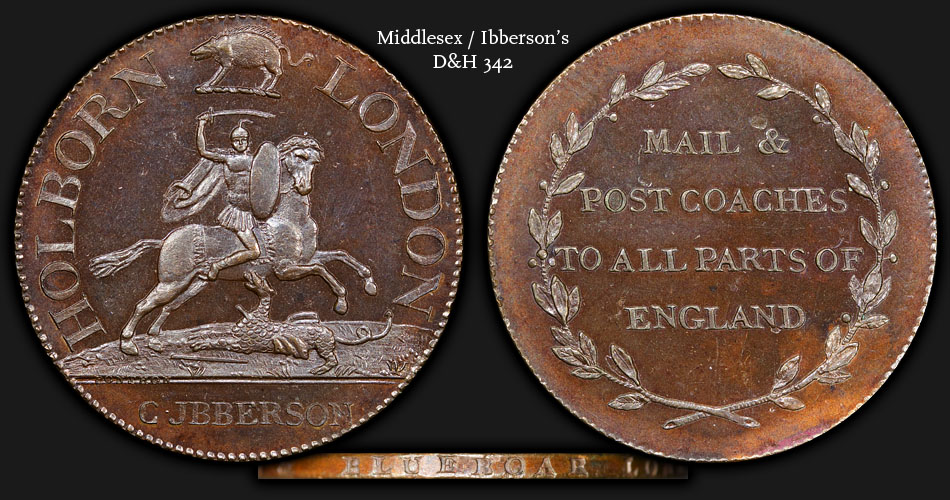
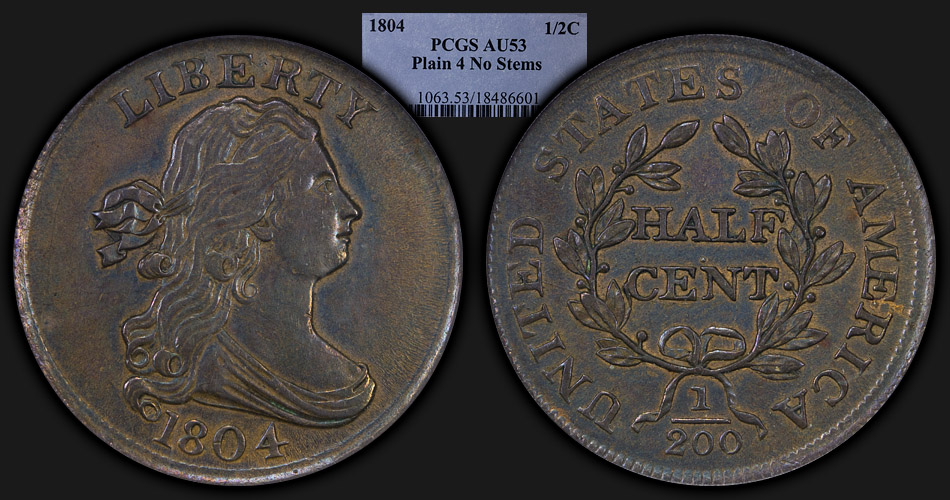

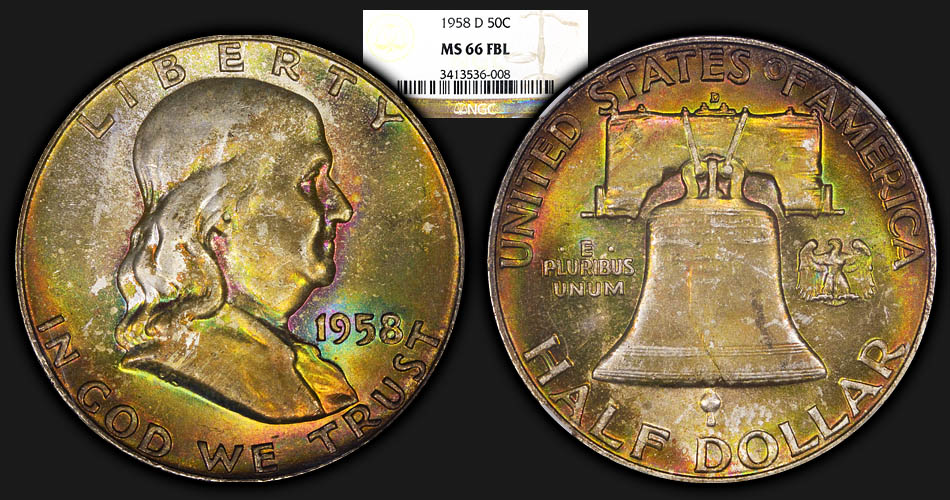
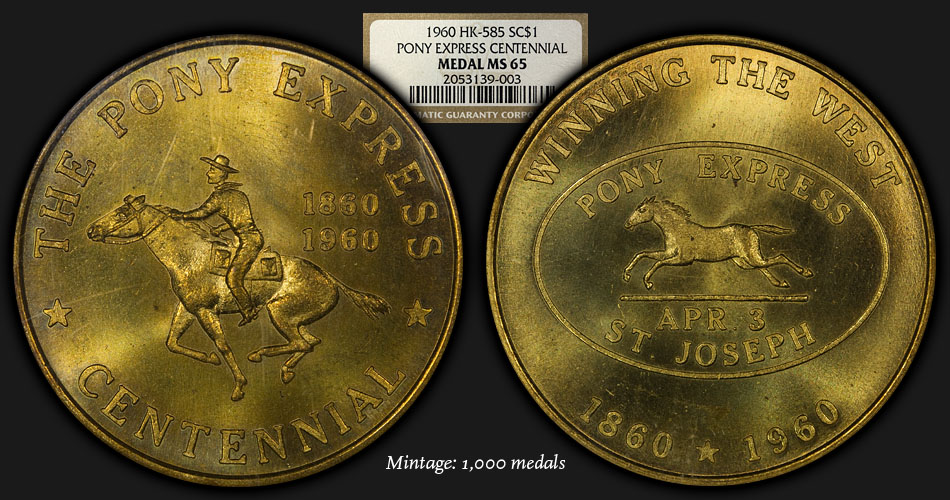
-
13 minutes ago, Insider said:
I'm not interested in proving you wrong. I'm interested in showing you in particular how to respond to a DIRECT QUESTION! Therefore, I will take a full image of a coin for you just his one time next week because as I posted before, our folks are busy using our equipment to take images for customers. Also - the main reason - what I usually show does not need a full coin image, color correction, one of the edge, etc.

Well, I asked to see your pictures. Not one of your company’s. Let’s see your full coin photo taken with your equipment. Not the multi-thousand dollar equipment your company owns.







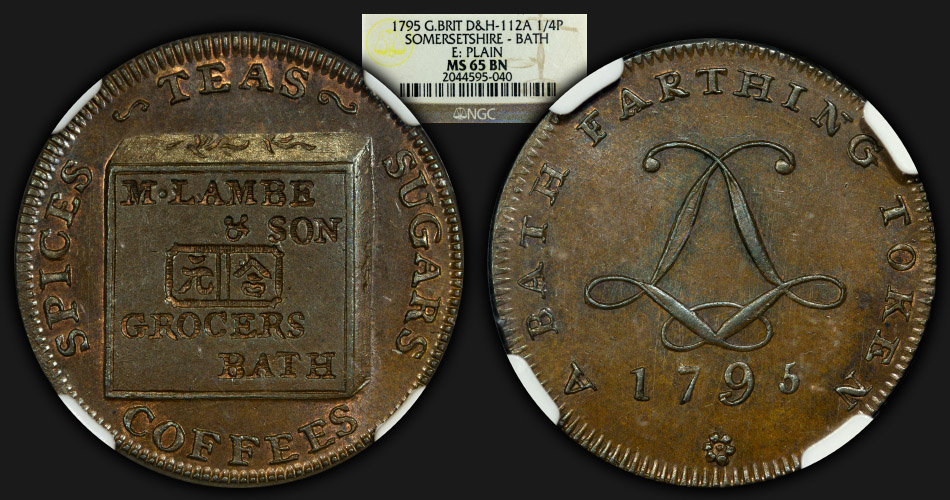
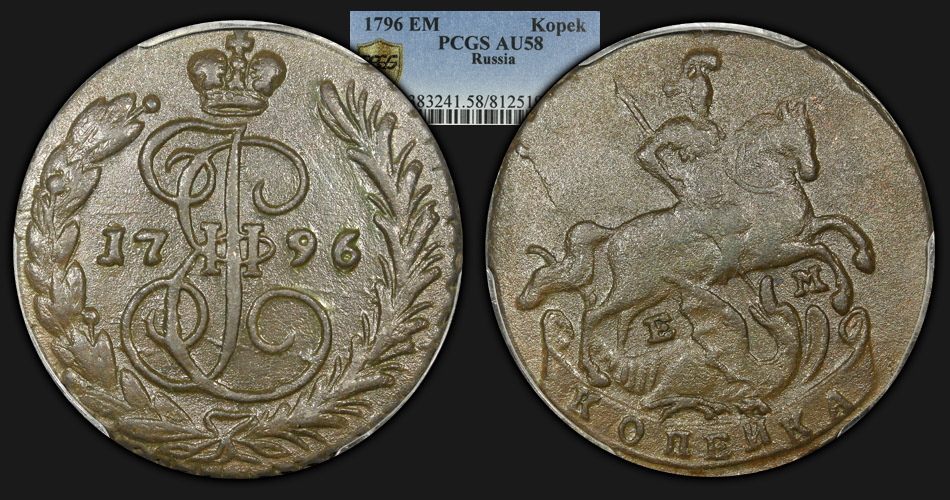
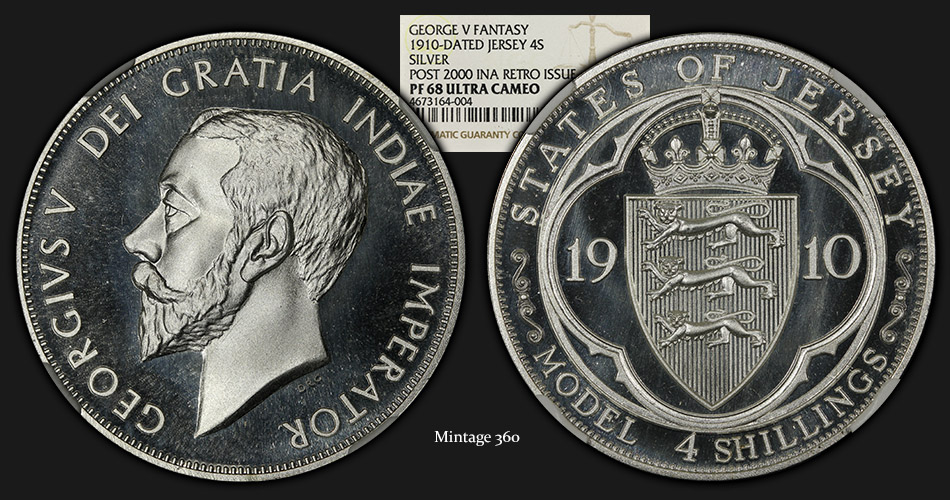
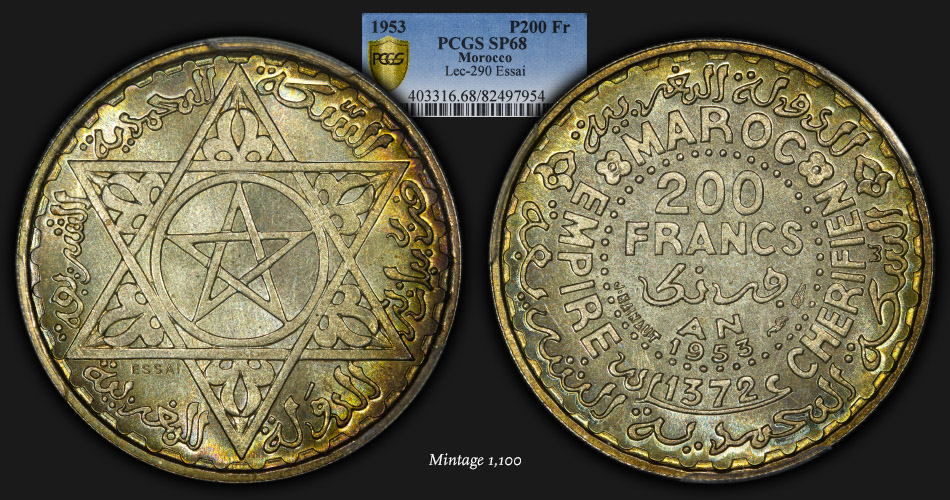

Lighting techniques for coin photography - updated
in US, World, and Ancient Coins
Posted
Skip, in your usual style, you have offered NOTHING of any help to others.
This is not how the world is set up for others here. We don’t just mosey down the hallway to our preset coin photography department and click on a mouse a few times to take coin photos. You may have convinced yourself of something, but you have offered ZERO help to anyone here about taking better photos. You did not even try to understand why we were saying what we were, but instead charged forward with your nonsensical “proof” exercise. If anyone seems to not comprehend simple English it is you.
Now, thank you kindly for keeping your nonsense out of this thread. Goodbye.